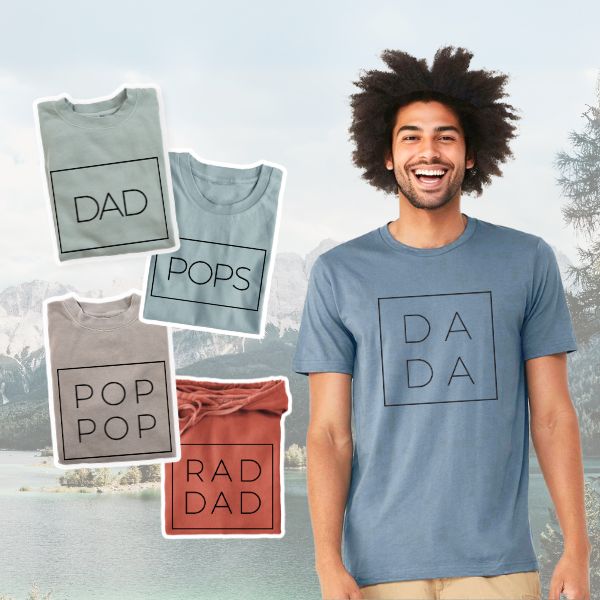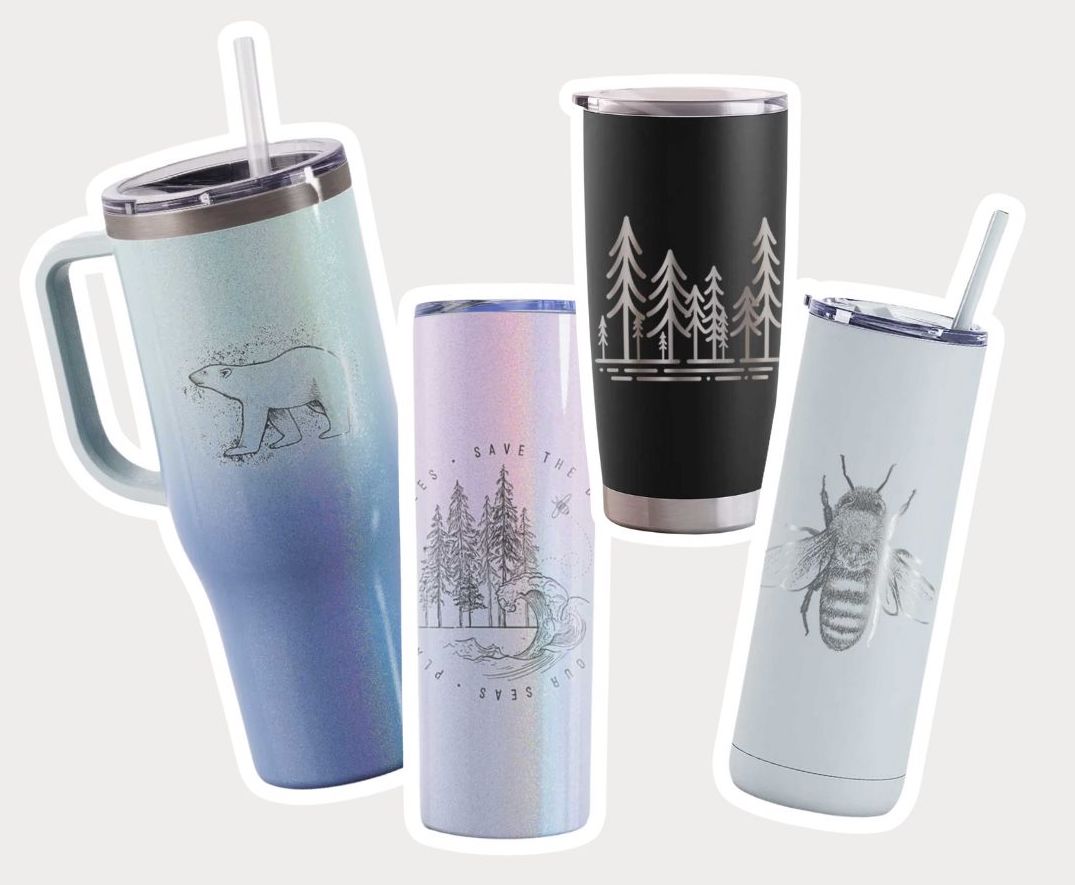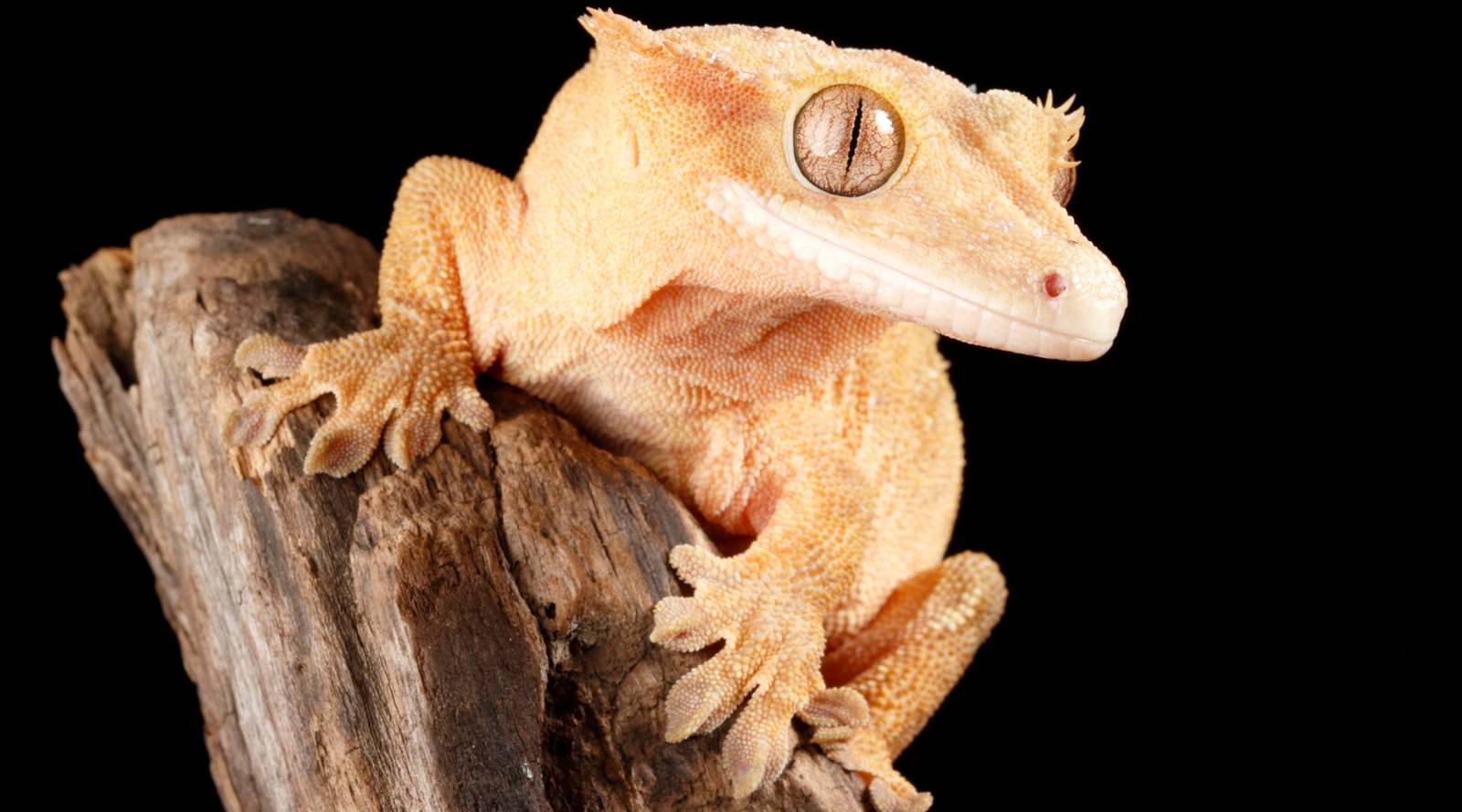We recently introduced you to National Forest Foundation and the work they undertake. Next up in our Meet the Charitable Organization series is The Ocean Cleanup North Pacific Foundation. Let's find out more about this nonprofit and how they plan to tackle plastic pollution in the oceans.
Charitable Organization: The Ocean Cleanup

System 002 deployed for testing, The Ocean Cleanup
Who Are The Ocean Cleanup North Pacific Foundation?
The Ocean Cleanup North Pacific Foundation supports initiatives to rid the oceans and waterways of plastic, including the Pacific Ocean. They aim to preserve and protect the ocean for the benefit of all, which includes promoting and supporting the environmentally friendly extraction and recycling of waste.
Their responsibilities include raising funds in the US and also supporting other The Ocean Cleanup initiatives around the world.
Extracted plastics from the Great Pacific Garbage Patch will be recycled and sold, which will help to finance the continued operation in the North Pacific, in addition to providing funds to other areas.
The CEO Behind This Nonprofit
At age 16, Boyan Slat was scuba diving in Greece and found more plastic bags than fish. His question of "Why can't we just clean this up?" led him to research plastic pollution for a school project. In 2012, he held a TedX talk about ridding the oceans of plastic using technology. After the video went viral, the momentum that followed allowed him to found The Ocean Cleanup in 2013 from his hometown of Delft, the Netherlands.
The Ocean Cleanup team now consists of 120 engineers, researchers, scientists, computational modelers and other supporting roles.

Boyan Slat at the Interceptor in Klang River, The Ocean Cleanup
How Much Litter is in the Ocean?
According to The Ocean Cleanup, there are currently 5 trillion pieces of plastic in the ocean. Litter has accumulated in five ocean garbage patches, where the plastic pollution spans millions of square kilometers.
To rid the oceans of these garbage patches, plastic needs to be stopped from flowing into the ocean and what is already there needs to be extracted. If the garbage patches are allowed to remain, floating plastics trapped in the patches will break down into much smaller pieces, becoming increasingly difficult to remove and easier for sea creatures to mistake for food. The remaining plastic will potentially have an impact on our ecosystems for many, many years.

5 Garbage Patches, The Ocean Cleanup
Where is the Largest Garbage Patch in the World?
The Great Pacific Garbage Patch is the largest in the world. Located halfway between Hawaii and California, it's estimated to cover a surface area of 1.6 million square kilometers. At the time of sampling by The Ocean Cleanup, a total of more than 1.8 trillion pieces of plastic were estimated to be floating in the patch, weighing an estimated 80,000 tonnes (that’s equivalent to 500 jumbo jets).
What's the Impact of Plastic Pollution in our Oceans?
Environment
Nearly 700 marine species are affected by the plastic in our oceans, many of which are classed as endangered, including types of sea turtle.
Economy
Plastic pollution has an impact on tourism and fishing, plus there's the cost to governments of cleaning it up. According to a study conducted with Deloitte, plastic pollution in the oceans costs the economy an estimated $6-19 billion annually.
Health
As well as impacting the health of sea creatures, plastic pollution can also have a detrimental effect on human health. Toxic pollutants can end up in the food chain, which leads to humans eating these chemicals.
Cleaning Up Our Oceans
The Ocean Cleanup aims to stop the flow of plastic from rivers and remove plastics already present in the oceans at the same time.
They are developing cleanup systems to catch and remove the floating plastics in the Great Pacific Garbage Patch. System 002 is currently being used for this purpose, with a move to System 03 underway.

System 03, The Ocean Cleanup
Interceptors are being used to combat pieces of plastic flowing from rivers, to stop the problem at the source. Because all rivers are different in terms of width, depth, flow speed etc, The Ocean Cleanup employs different technology solutions to work with different rivers. 8 interceptors are currently deployed across 5 countries.
The Ocean Cleanup aims to tackle plastic in the 1000 most polluting rivers. Their goal is to remove 90% of all floating ocean plastic by 2040. When their job is complete, this nonprofit aims to put themselves out of business once the oceans are clean.
We're proud to support charitable organizations, such as The Ocean Cleanup, Pollinator Partnership, and SEE Turtles, that help to preserve, protect and restore our planet. Shop our styles here.
















Leave a comment (all fields required)